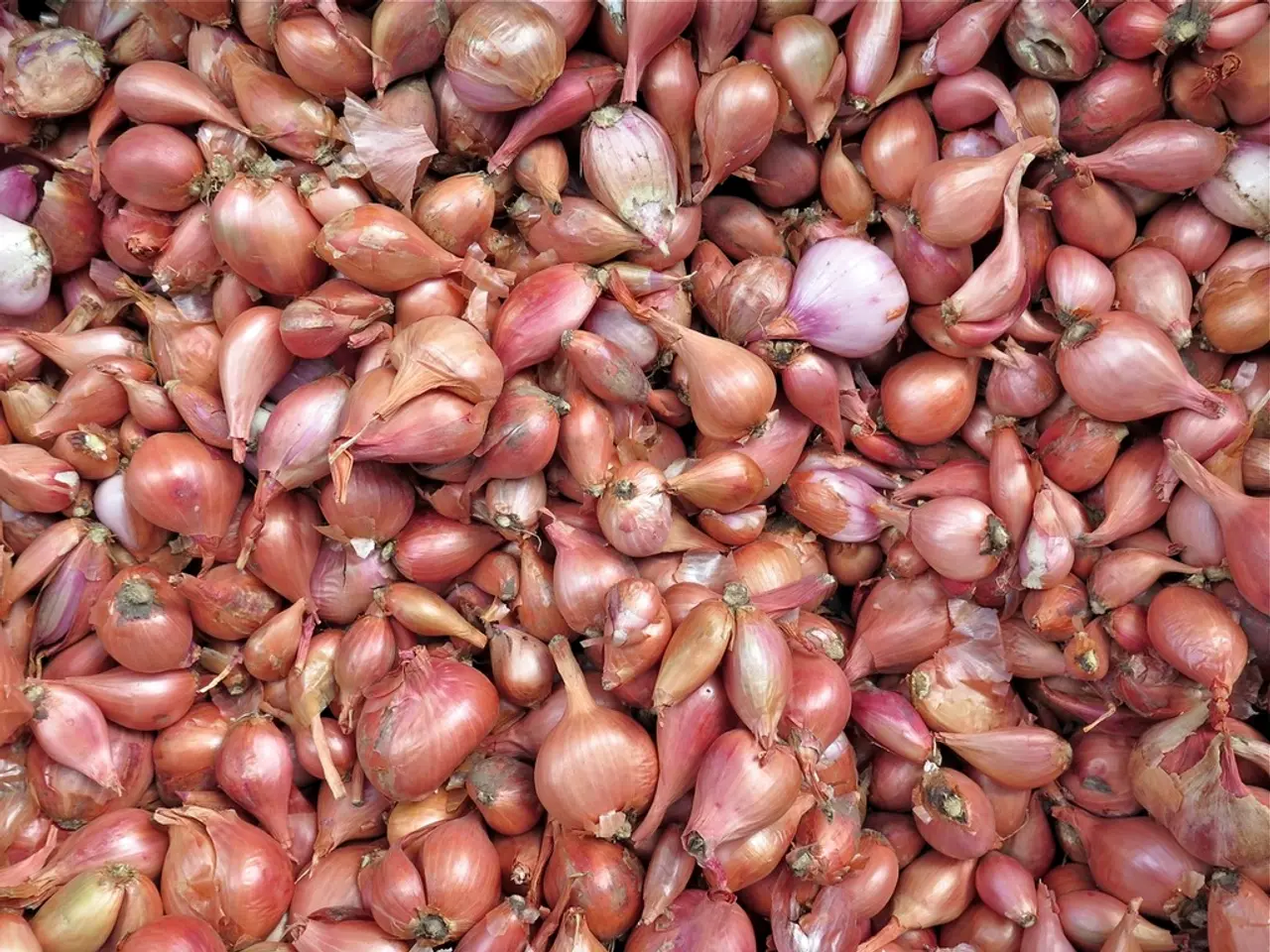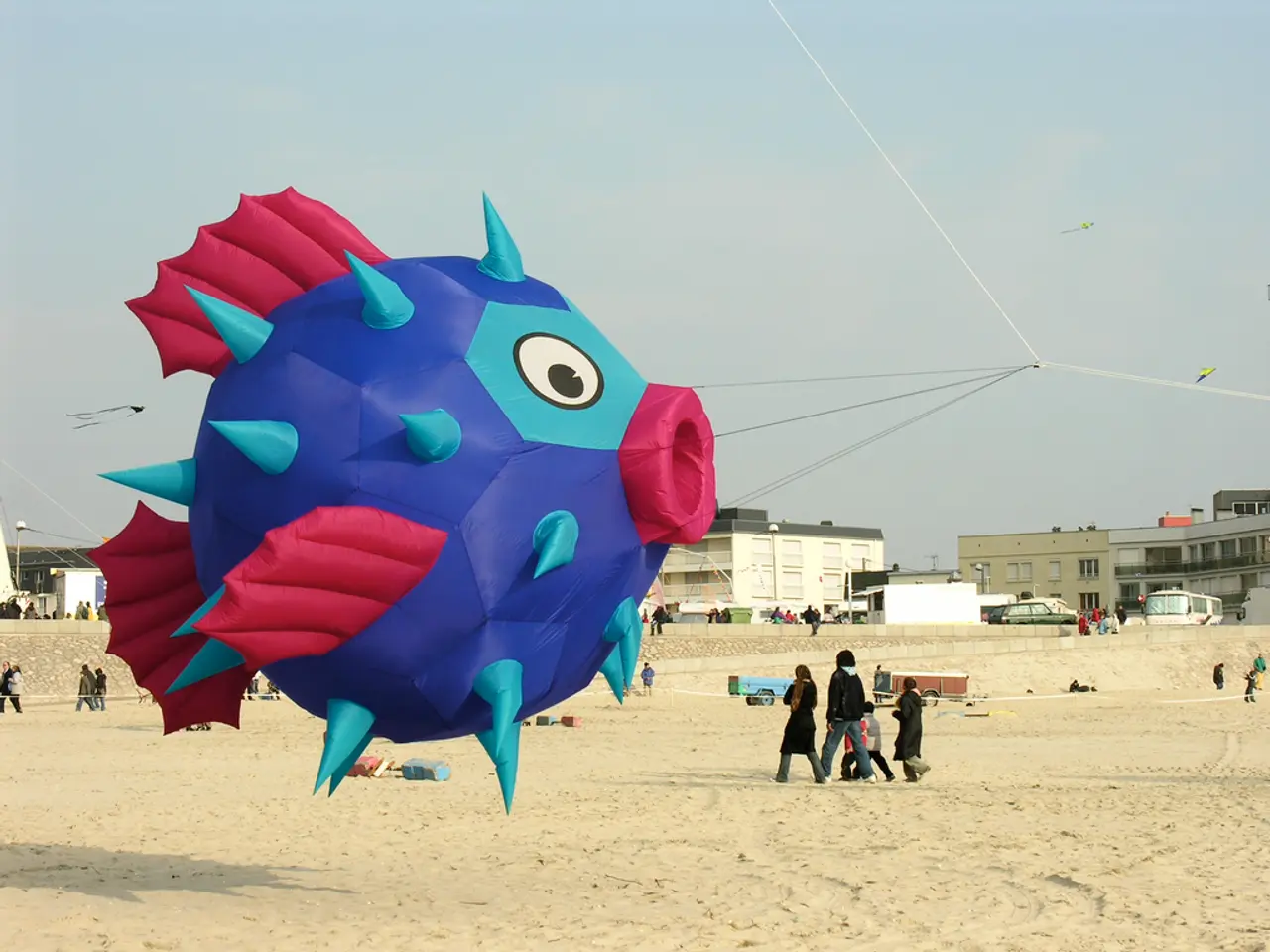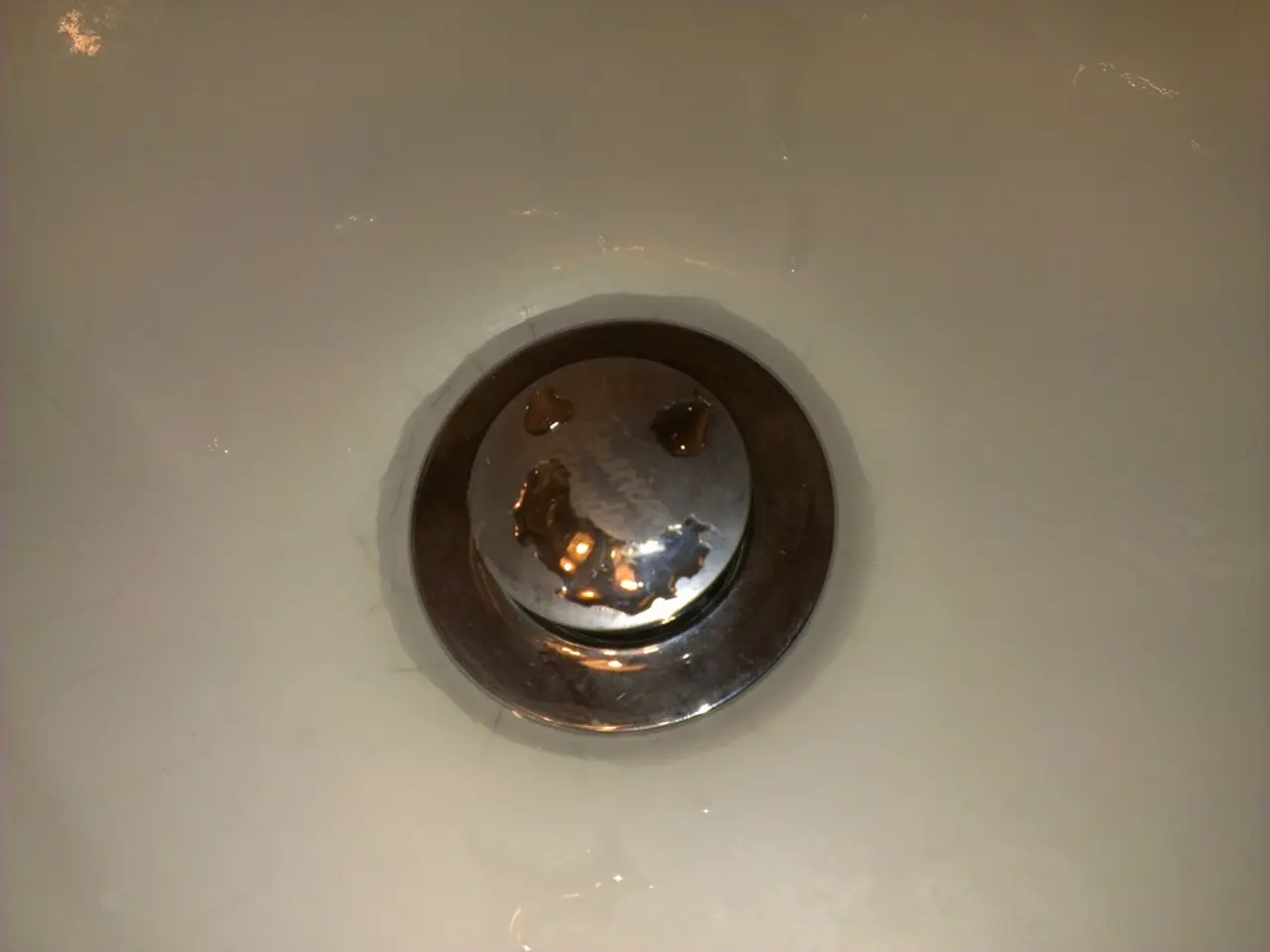Insight into the World of Onions
Onions are a popular vegetable in Iowa gardens, and with the right care, home gardeners can enjoy large, juicy, and flavourful bulbs. Here's a comprehensive guide to growing onions in Iowa, focusing on the best cultivars for maximizing bulb size.
Choosing the Right Onion Cultivars
Iowa, being a long-day onion growing region (Zone 4-5), benefits from long-day cultivars such as Yellow Sweet Spanish and Wethersfield Red. These varieties are known for producing large, globe-shaped, mild, and sweet bulbs suitable for slicing and storage.
For slightly milder northern areas or intermediate-day photoperiods, Candy Onion and Walla Walla Sweet are better suited. These onions are well-suited to intermediate-day conditions typical of zone 5-7.
Planting and Care
Start onion seeds indoors in a well-drained growing medium approximately eight to 10 weeks before you intend to plant them outdoors. When planting, space rows 12 to 15 inches apart with plants 4 to 6 inches apart for mature storage onions, and closer (1 inch apart) for green onions. Onion seedlings should be planted 1 to 11⁄2 inches deep.
Four to five weeks after planting, side-dress with additional fertilizer. Control weeds by shallow hoeing or hand-pulling. Apply about two pounds of all-purpose garden fertilizer per 100 square feet and till into the soil before planting.
Harvesting Green and Dry Onions
Green onions can be harvested 4 to 6 weeks after planting. These are often used raw in salads, eggs, dips, and other dishes. Dry or storage onions should be harvested when the tops have fallen over and start to turn brown, approximately 90-120 days after planting. These onions are larger, often about the size of a baseball.
When harvesting green onions, the entire plant is used, while dry onions need to be cured before storing in a warm, dry, well-ventilated location for two to three weeks. Properly cured dry onions can be stored for many months in a cool, moderately dry location.
Common Onion Issues and Solutions
Black mold of onion, caused by the fungus Aspergillus niger, can occur in the field or during storage, causing black discoloration of tissue. Onions with Fusarium basal rot will have bulbs with brown and watery rot spreading from the base up to the leaves. Onions occasionally bolt (produce a flower or seed stalk) in response to stress or unfavorable growing conditions.
Onions with purple blotch cause small water-soaked lesions on the leaves or stalk with white centers, which enlarge and form concentric rings that are brown to purple in color with a red or purple margin surrounded by yellow.
Conclusion
With the right cultivars, care, and harvesting techniques, Iowa gardeners can grow large, flavourful onions. By choosing long-day cultivars such as Yellow Sweet Spanish and Wethersfield Red, gardeners can maximize bulb size in Iowa and similar northern areas. For slightly milder northern areas or intermediate-day photoperiods, Candy Onion and Walla Walla Sweet are better suited. Happy gardening!
[1]: Source 1 [2]: Source 2 [3]: Source 3 [4]: Source 4 [5]: Source 5
- In cooking, onions from Iowa gardens, grown with care and the right cultivars, can add flavor to various food-and-drink recipes.
- For those who appreciate a well-maintained home-and-garden lifestyle, gardening onions in Iowa can be a rewarding hobby, yielding large, juicy bulbs.
- To avoid common issues like black mold, Fusarium basal rot, and onion bolting, ensure you use the right cultivars and follow proper care and harvesting techniques.
- When grievous weeds infest the lawn or garden soil, shallow hoeing or hand-pulling can help maintain a healthy environment for onion plants to thrive.
- Cooking with fresh green onions picked from the home garden can drastically enhance the taste of salads and other dishes, giving your lifestyle a personal touch.
- For those looking to experiment with new gardening endeavors, growing onions in Iowa offers an excellent introduction to the home-and-garden scene, providing tasty results and exciting adventures in the food-and-drink world. [1] [2] [3] [4] [5]




